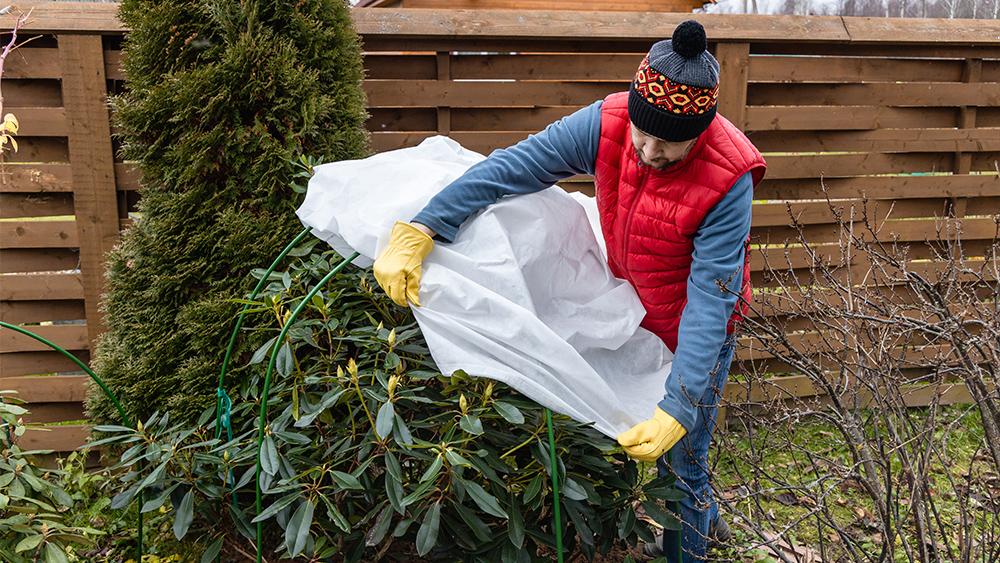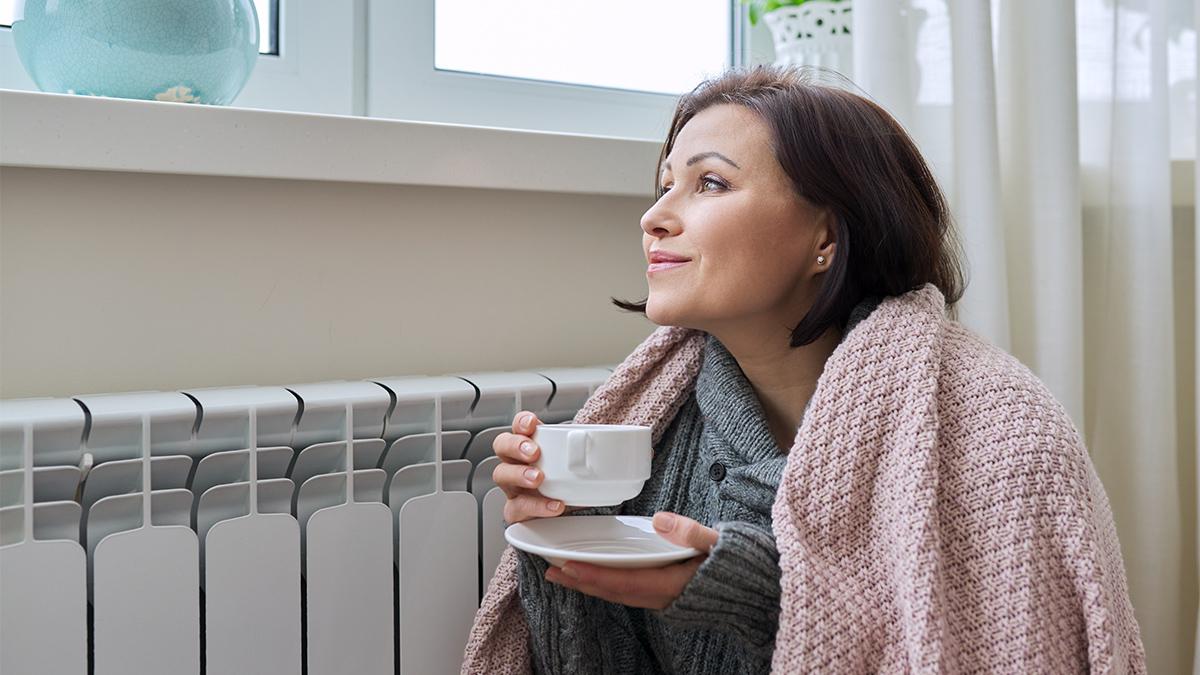Taking the time to properly winterize your home will save you money, energy, and headaches come winter. Using a variety of resources and the guidance of experts, this article will outline a simple 4-step process for winterizing your home. Winterizing your home will ensure that you have a safe and comfortable season, regardless of whether you live in a cold or warm climate. Okay, so let’s begin!
Winterizing heating system
Checking the heating system is the first step in getting your house ready for winter. You should check the functionality of your heating system, whether it be a fireplace, stove, or boiler. You can accomplish this by inspecting the thermostat, insulation, ducts, vents, and filters. A professional tune-up or safety inspection is something else to consider having done. This will help you stay functional even as the temperature drops.
Winterizing doors and windows
To maintain a comfortable and energy-efficient home environment, it is also essential to winterize the home’s windows and doors. Heat loss and air leakage through windows and doors are common causes of a drafty home and higher heating costs. Caulk, weather stripping, plastic, and insulation are all effective methods for winterizing your windows and doors. Caulk is simple to use and inexpensive, but it may require maintenance throughout the year. The door jamb is a good area for weather stripping, but it can be difficult to install. Windows can be covered with plastic that has been precut, taped in place, and then shrunken with a hairdryer to fit the edges.

Winterizing pipes and faucets
Pipes that have frozen may burst, leading to water damage and possible flooding in the property. To avoid this, make sure all outside water sources are turned off and drained before the first frost. The water supply to these fixtures should be cut off, and the valves should be opened so that any leftover water in the pipes can escape. Pipes inside the house that are exposed in unheated spaces like the basement, attic, crawl space, or garage should be insulated. Pipe insulation, heat tape, or heat wire can be used to prevent pipes from freezing during winter. On really cold nights, you should also let your faucets drip gently to release pressure and prevent ice buildup.
Winterizing outdoor furniture and plants
Finally, make sure your outside furniture and plants are ready for the winter. Sheds, garages, and basements are ideal places to keep outdoor furniture because of the protection they provide from the elements. Waterproof furniture covers that fit tightly and securely are an option if you don’t have room for them inside. Furniture should be cleaned with warm water and mild soap to remove grime and stains before being covered or stored. Mulch should be used around outside plants to insulate the soil and stop frost heave. Dead or diseased branches should be lopped off, and you should clean up any leaves or other debris that could provide a home for pests.

Getting ready for the winter in Vancouver
We hope you found our information on home winterization helpful. Protecting your home and family from the harsh weather by winterizing is an excellent idea that can help you save money and energy. Matin Homes is a good option to think about if you are looking to buy a home or sell a property in the Vancouver area. When it comes to matching buyers with ideal properties, nobody does it better than Matin Homes.

